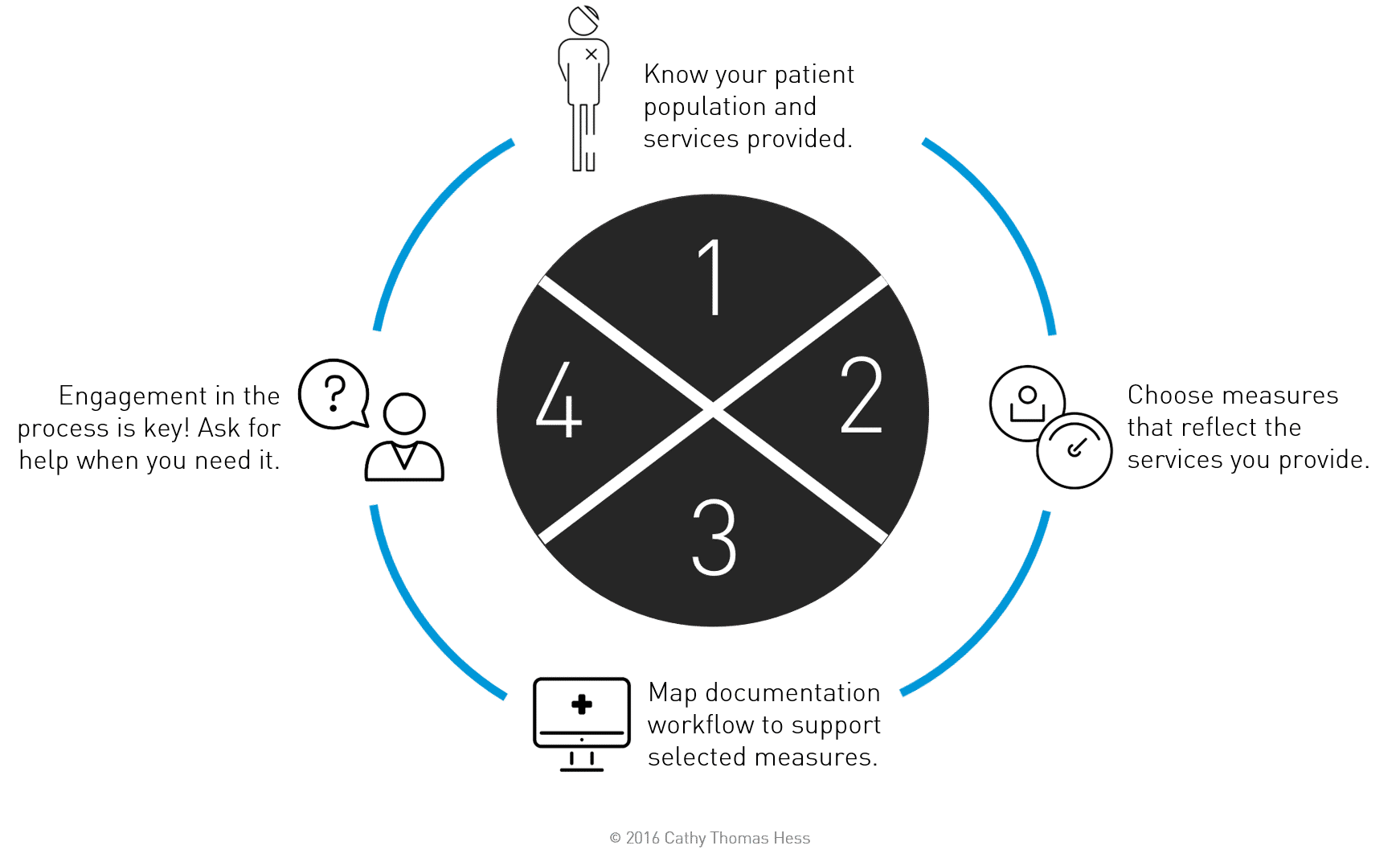The Art of Documentation and Reporting
The Physician Quality Reporting System (PQRS)1 was created under the Tax Relief and Health Care Act of 2006 as a Medicare quality incentive program. In 2008, the Medicare Improvements for Patients and Providers Act made the program permanent. It was this act that included increased PQRS incentive payments. Over time, the program has expanded its opportunities for reporting and is aligning with other governmental initiatives including Physician Compare, Value-Based Payment Modifier (VBM), Electronic Health Record (EHR) Incentive Programs, Million Hearts,® Medicare Shared Savings Program, Pioneer Accountable Care Organization (ACO) model, and Comprehensive Primary Care (CPC) Initiative. Once an incentive program, PQRS is now a reporting program that applies negative payment adjustments to promote reporting of quality information by individual eligible professionals (EPs) and group practices identified by their individual national provider identifier (NPI) and tax identification number (TIN).

Read the rest of this article in Today’s Wound Clinic.
An excerpt from an article originally published in Advances in Skin & Wound Care, written by Cathy Thomas Hess, BSN, RN, CWCN, VP and Chief Clinical Officer for Wound Care at Net Health.





